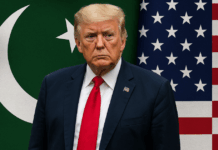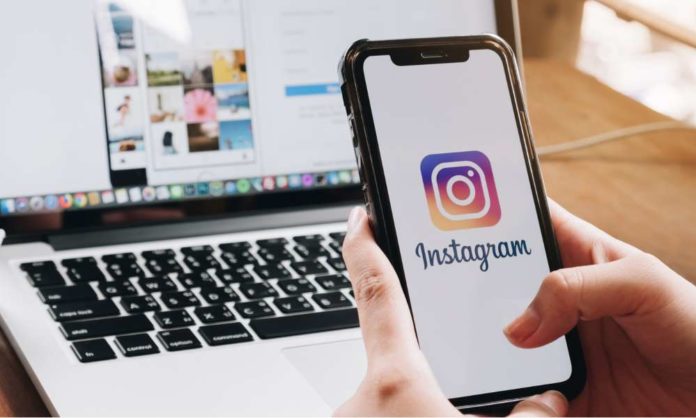This article is submitted by Asad Haroon
Having over 1 billion monthly active users, Instagram is considered one of the most promising platforms for online business. It’s good to generate sales and leads, as claimed by many marketers.
The advantage is getting insights and feedback from customers, trackable leads, favourable engagement rates, and the opportunity to reach untapped audiences missing from their audience profile.
At the same time, marketers face challenges in using Instagram to their business’s advantage as well. In particular, with Instagram influencer marketing, a few challenges and problems have become prevalent with time, from finding the best influencer and keeping track of their activities to spotting influencer fraud and calculating ROI
In Pakistan, digital media spend around 50 Billion PKR (Clocked 2019-2020), in which a huge chunk goes to google, Facebook, and direct publishers. But with time, the share of influencer marketing is also on the rise, and let’s see how much percentage goes to Influencer marketing in 2020-2021 reports.
-
Is that the one?
Globally, 56% of the brands say it’s somewhat challenging to choose the best influencer aligned with their brand vision. While marketers around the world are more focused on the best match when it comes to picking up the right influencer but here in Pakistan, most of the brands are not much concentrated on the universal practice of finding the perfect influencer to represent the brand for better credibility or sales. However, most young marketing managers often confuse influencer marketing with conventional marketing, where they try to use influencers for brand outreach.
Although it’s the other way around, the literal meaning of Influencer marketing is to engage an influencer to get endorsements and product mentions since they have their own dedicated, loyal following in the given niche. Eventually, the goal is to generate sales through the activity or even if it’s just for brand awareness, the brand has to gauge the engagement through sentiment analysis, mentions or increased followers.
Talking about the Influencer marketing Practice in Pakistan, brands are more focused on the number of likes and face value instead of the credibility or if the influencer is a subject matter expert. You may have often seen some known influencers in our industry where you can experience them engaging with brands from the fashion industry to the mobile phones industry or from makeup to consumer electronics. If we talk about an in-depth analysis of this situation, Inflecuner marketing is confused with Celebrity endorsement, usually done for brand outreach.
Even if we get into numbers, it would be hard to calculate the ROI after executing such an influencer campaign.
-
Influencer Fraud
In 2020, globally, 68% of marketers had faced Influencer Fraud, and it’s one of the major concerns when it comes to Instagram Marketing. In Pakistan, the Inflcuner fraud is at its peak. There is no authentic report to back up this claim, but you might have come across many Instagram account claiming to be influencers with a huge following but no engagement. Not only imposters but real influencers also use click farms or other tools to buy likes and followers. It is one of the primary reasons why many Pakistani influencers don’t integrate their profiles with tools used by agencies to preview influencer insights.
The only solution to this problem is having a data transparency contract between the influencers, brands, and agencies to validate such issues.
3 . Measuring the output
One of the most significant challenges of Influencer marketing here in Pakistan is calculating the ROI because, globally, onboarding an Instagram influencer is cheaper than running ads on social media for sales. But here in Pakistan, it is the other way around, and none of our influencer industry’s big or small names is willing to work on an affiliate model. However, globally influencers are working on an affiliate model, and it’s a win-win situation for each party.
4 . Not Your Employee
An influencer might be the person you have hired to do a job and create content for your brand, but they aren’t your employees. It is one of the biggest mistakes brands make because the purpose of having an influencer on board is to add value. Influencers know better about their audience and how they react to specific content and how. It’s better to give them the leverage and liberty to play around with the content.
While talking to influencers, I learned that most brands or agencies in Pakistan try to force their ideas onto the influencers rather than listing their perspectives and ideas.
In my experience, if creative freedom is there, the influencers can be the best brand advocates. The sole idea of having an influencer on the board is to increase the brand credibility, and if brands don’t communicate the brand’s voice through influencers, it can help the brand convert more users towards them.
Summing Up
Influencer marketing is a relatively new addition to the advertising sphere; however, influencer marketing is still facing several problems. Significant challenges are finding the best influencer, keeping track of their activities, spotting influencer fraud, measuring ROI, rising influencer costs, and influencers’ perception. Yet, knowing the challenges marketers face when aiming to boost brand reach, and sales and engagements prepare marketers to respond accordingly. After all, we face challenges all the time but how we react to them determines whether we are successful.





































